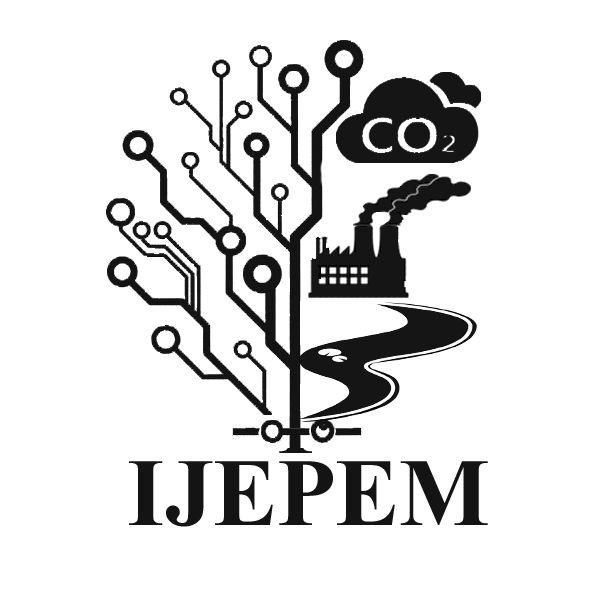
International Journal of Environmental Pollution and Environmental Modelling
Yazarlar: Justina UKPEBOR, Wayne OMAGAMRE, Bamidele ABAYODE, Charles UNUİGBE, Edward DİBİE, Emmanuel UKPEBOR
Konular:Çevre Bilimleri
Anahtar Kelimeler:Particulate matter,Baseline,Background,Traffic control measure
Özet: Fine atmospheric particles (PM2.5) and coarse particles (PM10), have been reported as major contributors to the low life expectancy of 54 years in Nigeria, the most populous country in Africa. This study was designed to provide baseline data on PM2.5 and PM10 levels in Benin City, wherein traffic control measures have recently been introduced. A light scattering approach (Cel – 712 Microdust Pro Real – time Dust Monitor) was employed for the PM quantification. The average PM2.5 concentration obtained (31.48µgm-3) was found to be higher than the WHO threshold limit (25 µgm-3) by a factor of 1.25. At 60% of the sampling sites, the WHO 50 µgm-3regulatory limit for PM10 was also violated, with a city range of 21.4 – 57.8 µgm-3. Spatial variations in the PM fractions were statistically significant (p<0.05). The source identification and apportionment studies by Principal Component Analysis (PCA) and Multiple Linear Regression (MLR) suggested that motor vehicles were the major source of PM2.5 (77.3%) and PM10 (70%) in the city with the remainder coming from refuse combustion. The average on–road respiratory deposition dose (RDD) rates analysis estimated that 6.96% of the measured PM were deposited in the tracheobronchial region, 12.36% in the alveolar and 78.86% in the head airway of the commuters and pedestrians in the city.